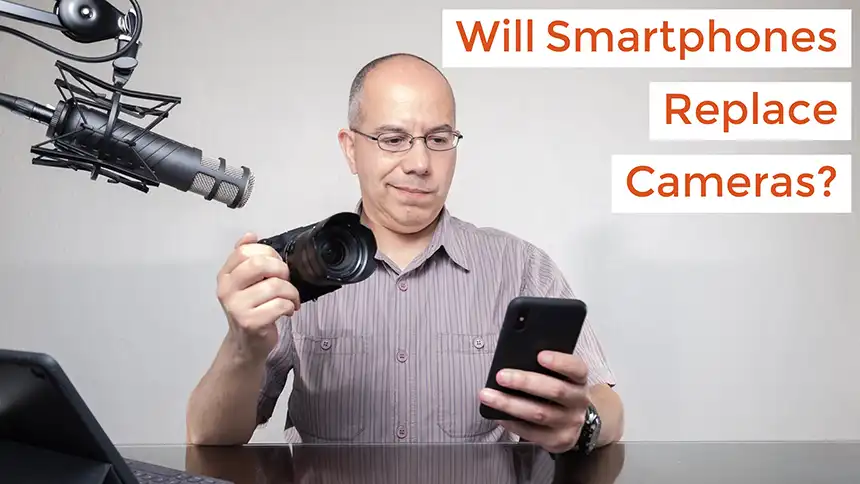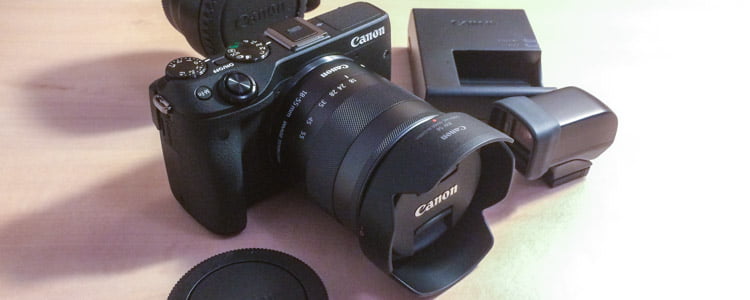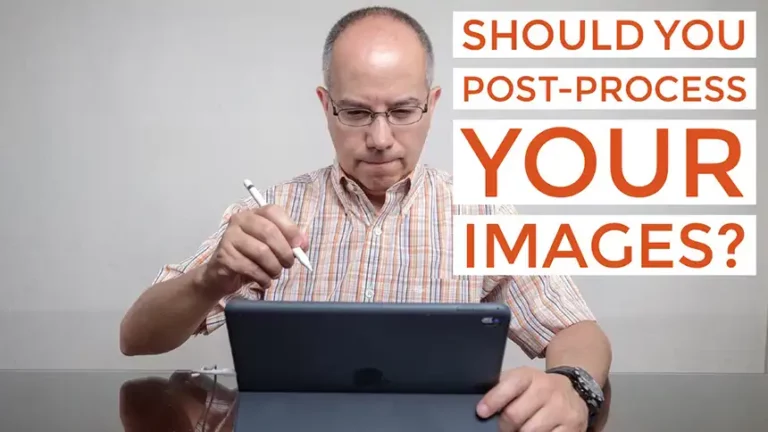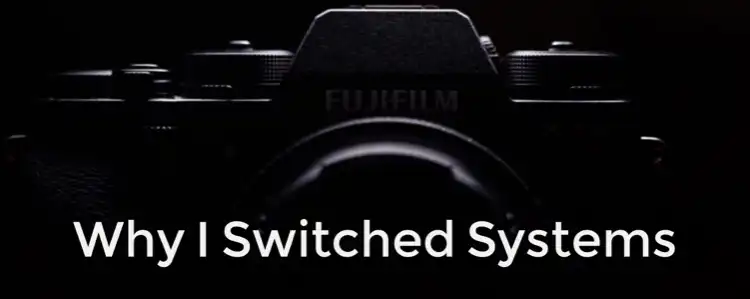Will Smartphones Replace Cameras?
It’s probably one of the most frequent debates nowadays. Will smartphones replace cameras? Well, in some cases they already have. Keep reading to find out more.
Smartphone cameras have improved at an amazing pace in the last 10 years. If you were a smartphone user in the early 2000s, you’ll probably remember the images shot with brick- or flip-phones as being, how should I put this?… horrible. Those images were just bad, compared to consumer cameras of the same era, digital or film. The camera sensors put on those phones usually had very low definition, they were only suitable for use under bright lights or sunshine, and there was no easy way to share or print the images created with them.
Fast forward to 2018 and it’s common to find 12Mpx cameras in smartphones, capable of shooting underwater and creating award-winning images. But, can we really replace a camera with a smartphone? Let’s take a look at the strong points and weaknesses of smartphone cameras.
Portability
Compared to a dedicated camera, smartphones are super easy to carry all day long. It is a device that we already carry with us everyday, because we use them for so many other things like surfing the web, using social networks, reading email, even making calls! So it’s only natural for smartphones to have a major advantage when it comes to portability.
Sharing Capabilities

Smartphones have a major advantage when it comes to sharing images because of their internet connection. There simply is no easier way to share our images then from an internet connected device.
Definition
With practical definitions of 12Mpx or more, smartphone cameras are great… Until you compare them with dedicated cameras like the Sony A7RIII (42Mpx), or Canon 5DSR (50Mpx), or Nikon D850 (45Mpx) or, even better, with a Hasselblad H6D-400c with its 400Mpx. Of course, there have been smartphones with 40Mpx cameras like the Nokia Lumia 1020, but the image quality was questionable, because of the next factor.
Sensor

Here’s where smartphone cameras are at a serious disadvantage. The sensors in their cameras are so small that they usually perform really bad in low light conditions, adding a lot of noise to our images. This means that smartphone cameras operate better in optimal lighting conditions, but their image quality suffers immediately as lighting conditions degrade.
Computational Photography
Computational photography is the digital image capture and processing techniques that use computer calculations instead of optical processes to modify images. One clear example of this is the Portrait mode of the iPhone 7 Plus, iPhone X, Pixel 2 XL and others, where the smartphone uses two images and special software to mimic the blurry background produced with interchangeable lens cameras. In this regard, smartphones are a step ahead of dedicated cameras which, so far, rely only on optics to create images.
As you can see, smartphone cameras have advantages and disadvantages, compared to dedicated cameras. But I think it’s safe to say they have replaced compact cameras because they are very convenient, even though they may not have the image quality of an SLR.
However, as Chase Jarvis says, “the best camera is the one you have with you”. If you usually carry your DSLR, by all mean, use it to shoot whenever you can. On the other hand, if you only carry your smartphone and have a great photo opportunity, use your smartphone!
I really hope I helped you figure out why smartphone cameras have replaced some cameras but won’t replace them completely.
If you liked this post, share it with your friends. If you’d like to add reasons to like smartphone cameras or dedicated cameras, please leave a comment below.







